Honda, in collaboration with GM and Cruise since 2018, is working towards the realization of an autonomous taxi service that allows free movement with the fully unmanned autonomous vehicle “Cruise Origin”, which has no steering wheel or pedals. Until now, Honda has been focusing on technology verification in Tochigi Prefecture and working on the commercialization of Level 4 autonomous driving services in Japan. And now, it has been officially announced that the three companies have reached an agreement to provide services in the central area of Tokyo starting in early 2026. What kind of results are currently emerging? Unraveling the “Future of Mobility” enabled by this service through the words of the three key figures in the project.

Executive Chief Engineer
Corporate Business Development Unit
Corporate Strategy Operations
Honda Motor Co., Ltd.
View More
Close
Yasunori Oku
Read More

Assistant Manager
Technology Development Promotion Unit
Solution Division I
Honda Mobility Solutions Co., Ltd.
View More
Close
Kosuke Shimizu
Read More
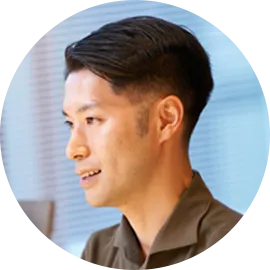
Assistant Manager
Business Planning Promotion Unit
Solution Division I
Honda Mobility Solutions Co., Ltd.
View More
Close
Tomohiro Matsuoka
Read More
Aiming for the commercialization of autonomous taxi service in the central area of Tokyo in early 2026
In 2018, Honda agreed to collaborate with two American companies, General Motors (GM) and GM Cruise Holdings LLC (Cruise), to leverage autonomous driving technology for a revolution in mobility. Building on the capital and business alliance, in 2021, they announced a collaboration for autonomous driving mobility services in Japan. First, please tell us what the autonomous taxi service entails?
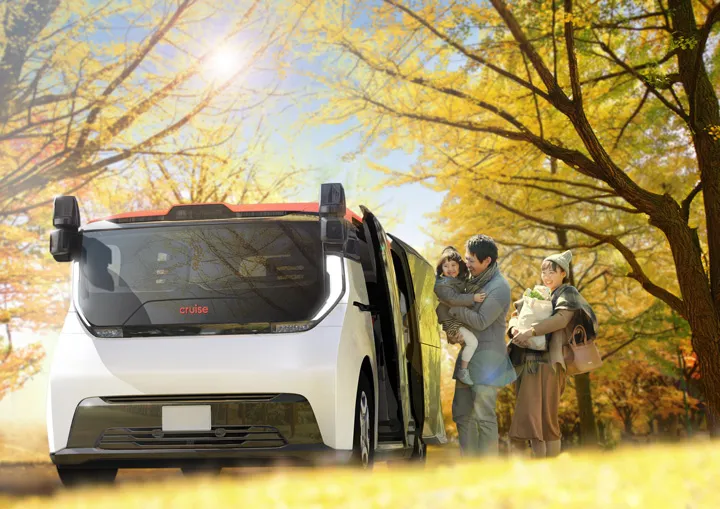 The “Cruise Origin”, scheduled to start services in Japan, achieves a high level of privacy, spacious interior, and easy boarding and alighting for users
The “Cruise Origin”, scheduled to start services in Japan, achieves a high level of privacy, spacious interior, and easy boarding and alighting for users

The Cruise Origin adopts Level 4 autonomous driving, not designed for human driving. Without a driver’s seat, this allows for the efficient use of the interior space. We believe we can provide an unprecedented travel experience with features such as enough space for six people to sit facing each other.

In addition to enhancing the travel experience, we aim to contribute to various societal challenges, including environmental and safety considerations.
This time, a new agreement with GM and Cruise has been announced. What is the content of this new agreement?

The agreement* announced this time stipulates the commencement of autonomous taxi service in the “central area of Tokyo” in “early 2026”. Clarifying their goals, the three companies are striving to accelerate these efforts.
*For detailed information on the announcement, please refer to the News release
 Oku, who serves as the deputy leader of this project. Having walked the path of development until now, Oku is embarking on a new challenge aiming to create services this time.
Oku, who serves as the deputy leader of this project. Having walked the path of development until now, Oku is embarking on a new challenge aiming to create services this time.

As this service will be provided in Japan, it is crucial to see how it will be accepted by domestic users and society as a whole in the future. Therefore, not only in vehicle development but also in launching the service, Honda will take the lead and advance the initiative.
Addressing concerns about the “differences” in traffic environments and rules between Japan and the United States. The current status of technology verification
In providing services domestically, you have been progressing technology verification in Tochigi Prefecture. What kind of initiatives are being undertaken in Tochigi Prefecture?

The technology verification in Tochigi Prefecture is fundamentally about bringing what has been operationalized in the United States to Japan while adapting it to fit the differences in traffic environments and other aspects. The specific steps include three aspects. First, creating a high-precision base map, and then verifying safety on a test course. And the final step currently underway is verification on public roads. We are conducting verification in residential areas with relatively high pedestrian and bicycle traffic, as well as in industrial areas with many large trucks and wide lanes.
The differences with the United States not only include traffic rules but also various aspects such as the sound of emergency vehicle sirens, facilities around the roads, and more. The temperament of drivers is also different. For example, Japanese drivers tend to stay faithfully within their lanes, while some say that driving in the United States involves a more casual attitude, like “slightly straddling lanes is acceptable”.
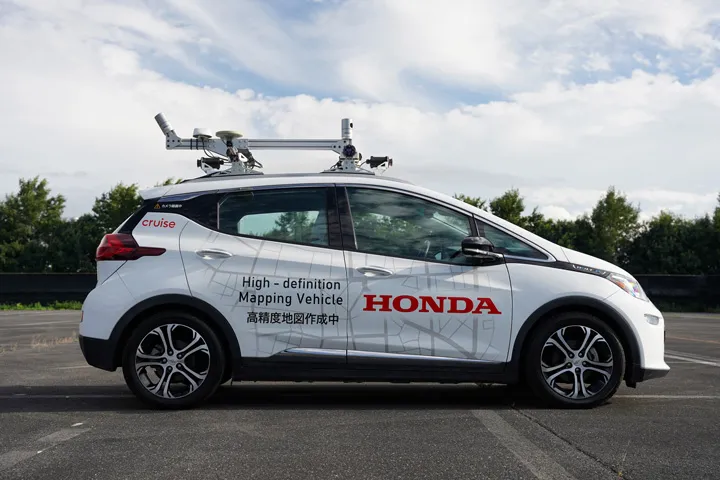 Mapping vehicles, essential for the safe operation of autonomous vehicles
Mapping vehicles, essential for the safe operation of autonomous vehicles

When we actually ran the vehicle for the first time in Japan, I felt that the driving characteristics were quite “Americanized” (laughter). We are trying to make adjustments through technology verification to have the vehicle adapt its lane perception and turning style to match “Japanese traffic manners”.

In finer details, we are also progressing in adapting to aspects such as the colors of traffic signals. The way things are perceived can change with the angle of sunlight, leading to difficulties in recognition. We are addressing each of these issues one by one and working towards better adaptation to Japan.
Have there been any particular challenges during the course of technology verification so far?

After creating a high-precision map for the first time for on-road verification, more than a year later, there was a case where bicycle lane markings, which did not exist in the map data, had been newly added on the actual road. As a result, the vehicle sensed incongruity in that location and suddenly applied the brakes. Identifying the causes of sudden braking in locations where “there actually is nothing on the road” like this was challenging in the early stages of the verification.
Furthermore, it is Cruise, not Honda, that is responsible for making improvements to the actual autonomous driving system. It was also challenging to communicate meticulously, convey the on-site conditions, and identify and improve issues.

As Cruise is a foreign company, there are aspects where they are not familiar with Japanese business practices and regulations. We made a conscious effort to communicate particularly carefully when advancing our operations. This aspect has been both a challenge and a rewarding experience.
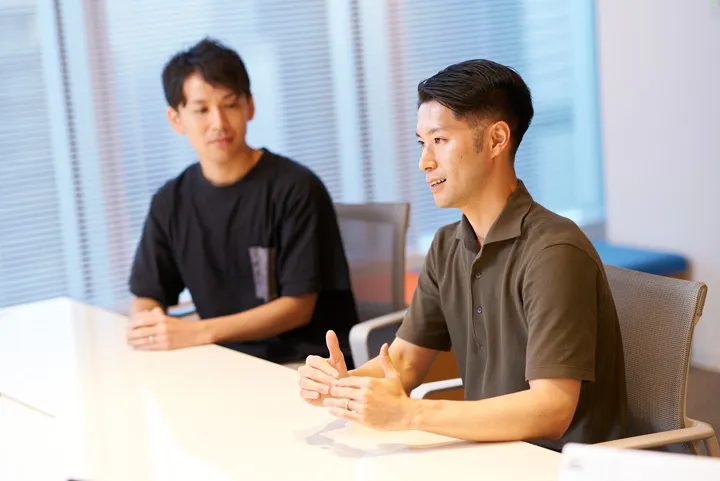 Matsuoka (on the right) is responsible for considering the business scheme, establishing roles and responsibilities, and advancing collaboration and discussions with stakeholders related to the above.
Matsuoka (on the right) is responsible for considering the business scheme, establishing roles and responsibilities, and advancing collaboration and discussions with stakeholders related to the above.

Unlike Mr. Shimizu and Mr. Matsuoka, until now, I have only had a career at Honda. I make detailed plans in advance and faithfully execute them. I had always thought that the Honda way of doing was the norm. However, I felt that the corporate culture at Cruise was quite different.
At Cruise, they set ambitious goals and make aggressive plans to achieve them. From Honda’s perspective, there are moments when we think, “Can that really be done?” because they move forward so boldly.
But looking back, Honda actually has that culture at its core as well. It all starts with the desire to create a car as imagined, and I have my own experiences of passionately tackling challenges. In that sense, there is a somewhat nostalgic and, in a way, exhilarating aspect, where I feel joy along with the challenges.
Providing the joy of liberated and enjoyable mobility. Exploring new options in transportation
As mentioned earlier, a new milestone has been set to provide services in the central area of Tokyo in early 2026. Was there a sense of accomplishment from the technology verification so far that contributed to the announcement this time?
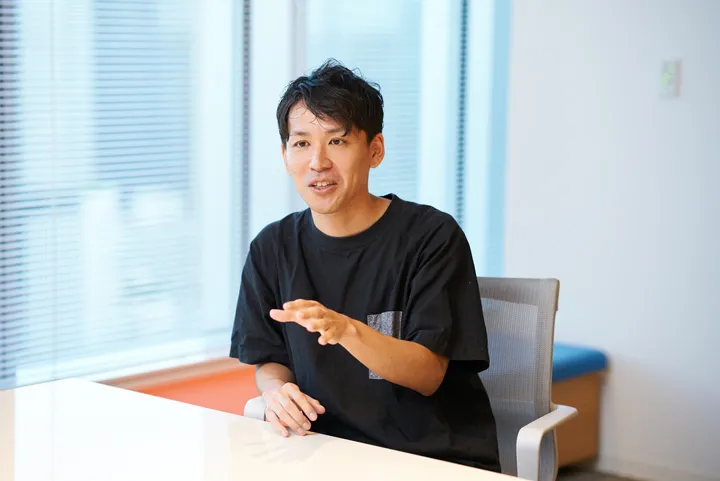 Shimizu is responsible for the planning, progress management, and comprehensive coordination with the field and various companies for the technology verification aimed at adapting the autonomous driving system for Japan. Also engaged in external relations for obtaining approvals and permits under the Road Transport Vehicle Act and the Road Traffic Act
Shimizu is responsible for the planning, progress management, and comprehensive coordination with the field and various companies for the technology verification aimed at adapting the autonomous driving system for Japan. Also engaged in external relations for obtaining approvals and permits under the Road Transport Vehicle Act and the Road Traffic Act

In technology verification, we have encountered many challenges so far. There is a sense of accomplishment in being able to reliably solve each of those challenges and make progress. That’s what leads to a sense of fulfillment. Also, there are moments when I personally ride and think, “I didn’t know it could do this”, and it surprises me.
For instance, there are situations where colored pylons are placed due to road construction. Since colored pylons are not fixed structures, there is no information about them in the map data. However, it’s impressive to see the autonomous vehicle recognize colored pylons, neatly avoid them, and run smoothly. Of course, there are more challenging traffic environments when driving in Tokyo, but the potential to handle such situations is already being demonstrated. Now it’s about how we can refine and improve through more experience on the road.

There were legal amendments related to Level 4 autonomous driving, including the Road Traffic Act, in April 2023. On the business side, discussions are underway with relevant government ministries, primarily the Ministry of Land, Infrastructure, Transport and Tourism, on how to proceed with operations and allocate responsibilities in accordance with the new laws. There is a sense of progress, taking one step at a time towards the milestones of business realization, closely coordinating with the government.
We are also in the process of considering collaboration with taxi companies. The fact that we are starting to work out details from the broader framework to specific details gives a strong sense of progress.

While there were very encouraging statements from Mr. Shimizu and Mr. Matsuoka, to be honest, there is quite a bit of excitement on my part (laughter). However, starting the service in the central area of Tokyo in early 2026… Cruise Origin running on the roads in Tokyo… Just thinking about this makes me excited, and I believe it’s a highly meaningful endeavor. Time is limited, and it is indeed a challenging project. However, I can assert that we are steadily progressing toward the goal.
What changes and values do you think will emerge from this initiative?

When smartphones were first introduced, many people did not yet fully understand their value. Now, it has become ingrained in our lives and serves as the foundation for various activities. Similarly, could the enjoyment of transportation become more diverse through autonomous driving? I believe that types of travel and excursions that were previously considered impractical will become more easily accessible.
It should coexist with modes of transportation that are already available. Taxis and buses have different advantages compared to autonomous driving. For example, the low cost of buses is something that Cruise Origin cannot achieve at the moment. Based on the respective merits, users can choose what they like. It seems to be evolving towards such urban transportation.
In the very long term, I believe that “mobility” based on autonomous driving will combine with other industries, leading to significant changes in the way businesses operate and create value.

First, by commercializing in Tokyo, I hope to not only enhance user convenience but also boost the city’s international competitiveness. Autonomous driving becomes the infrastructure for transportation, giving rise to new value. This, in turn, is expected to attract companies and individuals from overseas to Tokyo, continuing to stimulate the economy.

What Honda truly wants to provide is the “joy of mobility”. This service, in particular, is envisioned as something that enhances the quality of both travel time and space within the context of the joy of mobility. Of course, there is the joy of driving as one aspect of the joy of mobility, and Honda will continue to provide that as well. As autonomous driving technology continues to evolve, there may be intersections between personal vehicles and mobility services in the future. I am hopeful that there is a new and wonderful future waiting for us, one that we couldn’t have anticipated before.
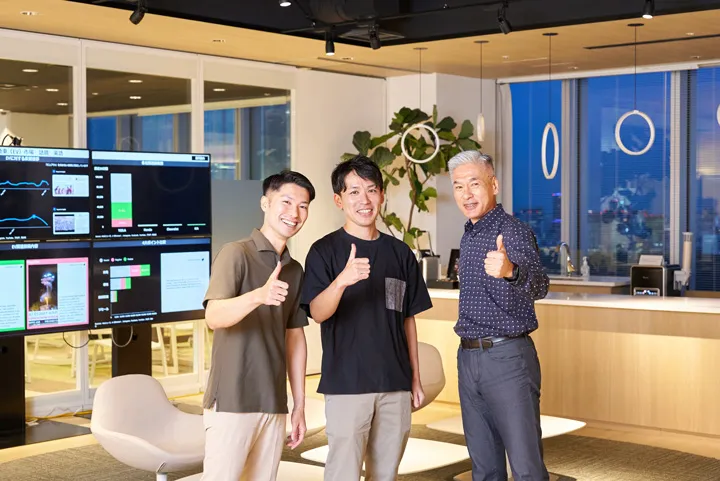 Three individuals, bridging the generation gap, are working hard in their respective areas to realize a new “joy of mobility”.
Three individuals, bridging the generation gap, are working hard in their respective areas to realize a new “joy of mobility”.
How do you envision people would use Cruise Origin and the autonomous taxi service? How would you like to use them?

I worked in Okinawa for three years in my previous job, so I would like to live in Okinawa again. I would like to travel in Cruise Origin, enjoying the beautiful scenery.

When you want to go somewhere with your family, many people in urban areas don’t own a car, and some may have had the experience of giving up on such plans. I would like such individuals to use it as a convenient means of transportation for going out, and I myself also hope to use it.

I hope it becomes a trigger for people to think, “Let’s go somewhere!” and feel the excitement of realizing, “Yes, we can go!” Many people may find it reassuring and enjoyable.
Personally, I enjoy driving, and it has never been a burden for me. However, there are times when I want to spend my travel time comfortably and leisurely, in the way I like, at the timing of my choice. I want to experience leisurely travel time, opening up my mind, while riding in Cruise Origin.
Original article issued on October 19, 2023

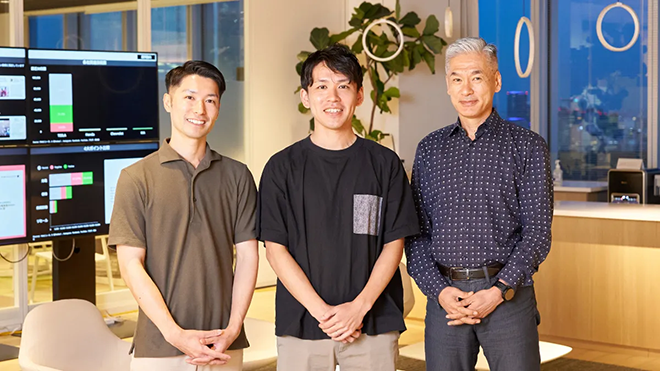
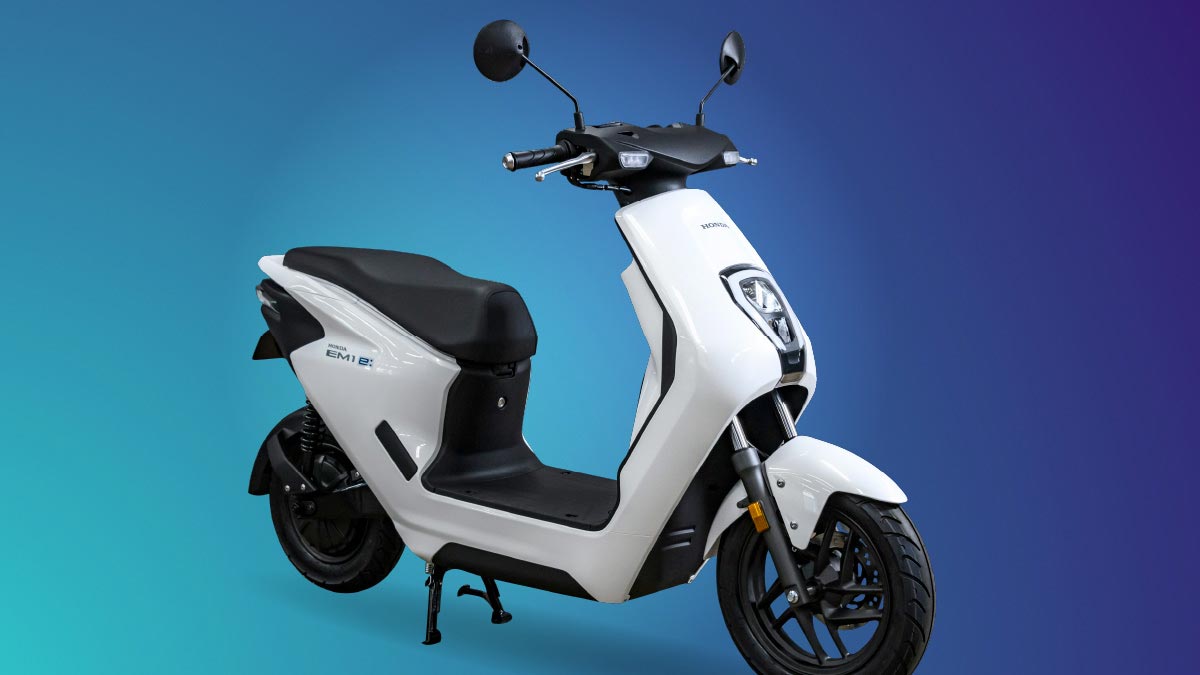




The autonomous taxi service we are aiming for is an initiative that seamlessly provides booking, transportation, and payment all through a single smartphone. In this service, we will utilize a groundbreaking vehicle named “Cruise Origin”, jointly developed by GM, Cruise, and Honda specifically for autonomous driving.